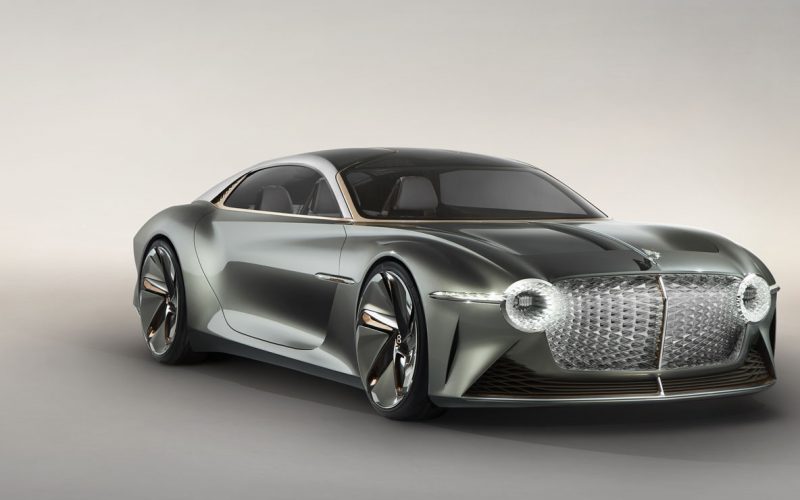
Reading Time: 6 minutesBentley only just launched its third-generation Continental GT, and now they’ve got us thinking about what
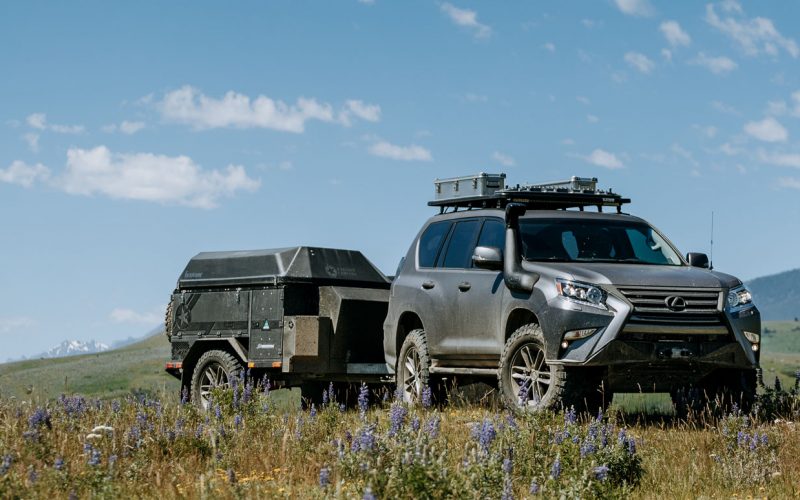
Reading Time: 6 minutesAn off-road Lexus? To some this might sound like an oxymoron, but in reality two of
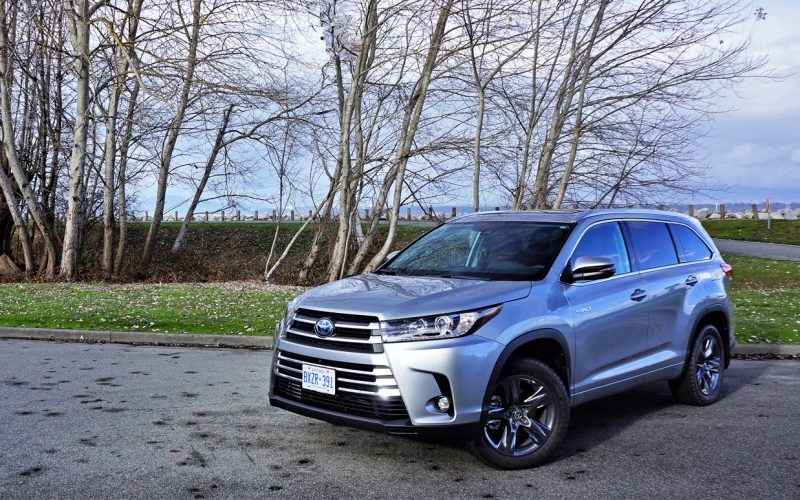
Reading Time: 10 minutesHave you seen the 2020 Toyota Highlander? It’s not available to purchase yet, having only debuted
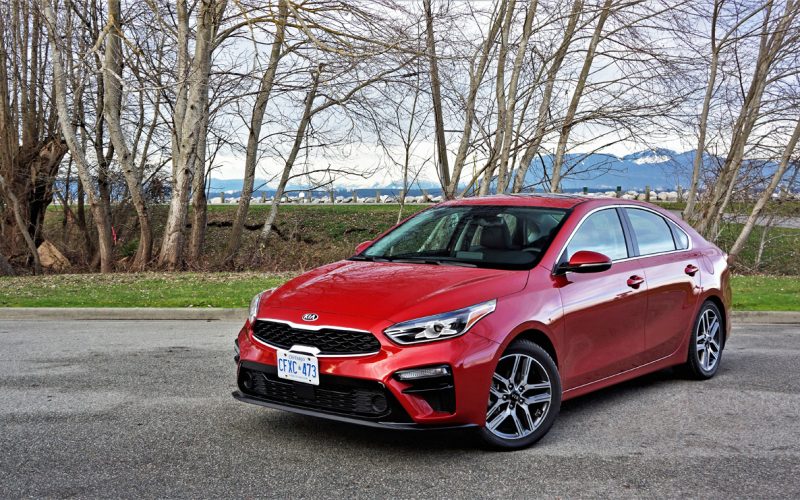
Reading Time: 13 minutesThe redesigned 2019 Forte is one handsome looking compact sedan, with clean, simple, modern lines that,
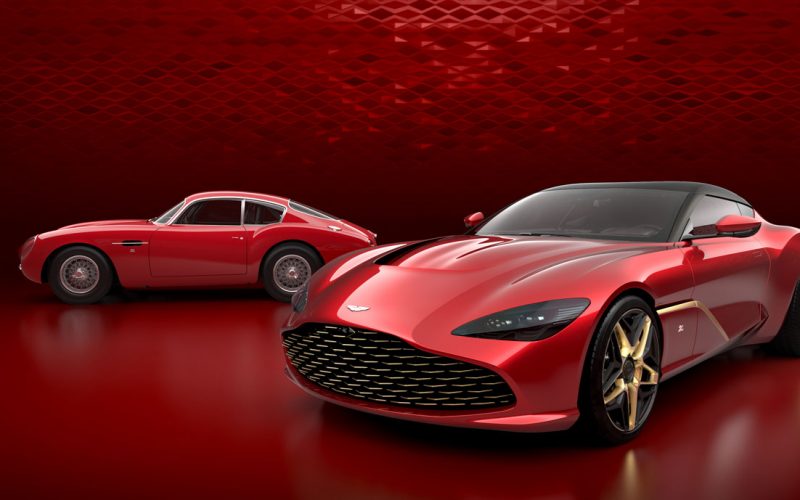
Reading Time: 5 minutesTwo cars in one, or at least that’s the arrangement you’ll need to accept if you
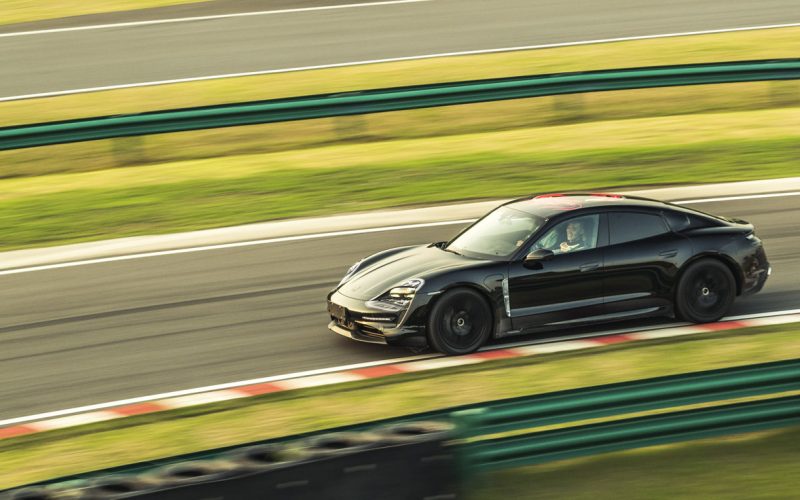
Reading Time: 6 minutesThose who follow the electric vehicle industry have been excited about the upcoming 2020 Taycan since
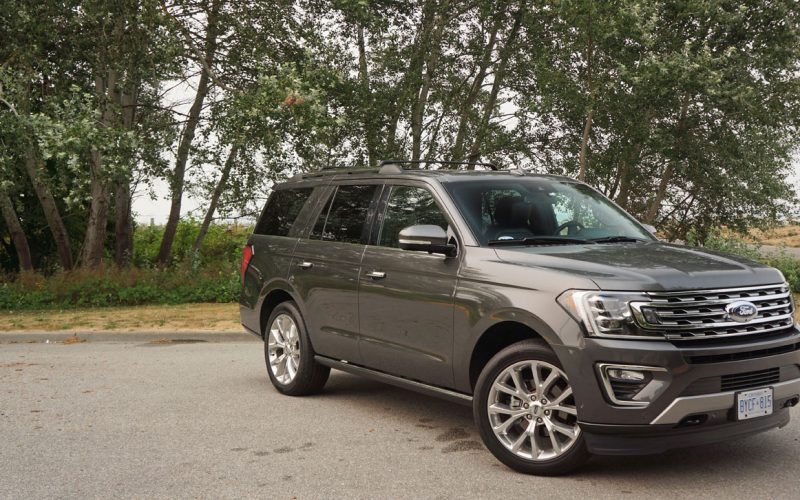
Reading Time: 21 minutesTo say that Ford leads SUV sales in this country is almost as big an understatement

Reading Time: 8 minutesPorsche has been criticized, possibly unfairly, for not allowing its entry-level models to measure up to
© 2025 The Car Magazine. All Rights Reserved, Privacy Policy | Terms of Use